From vibrant towns, beautiful harbors to impressive natural phenomena, can you identify where in the world these colorful places are?
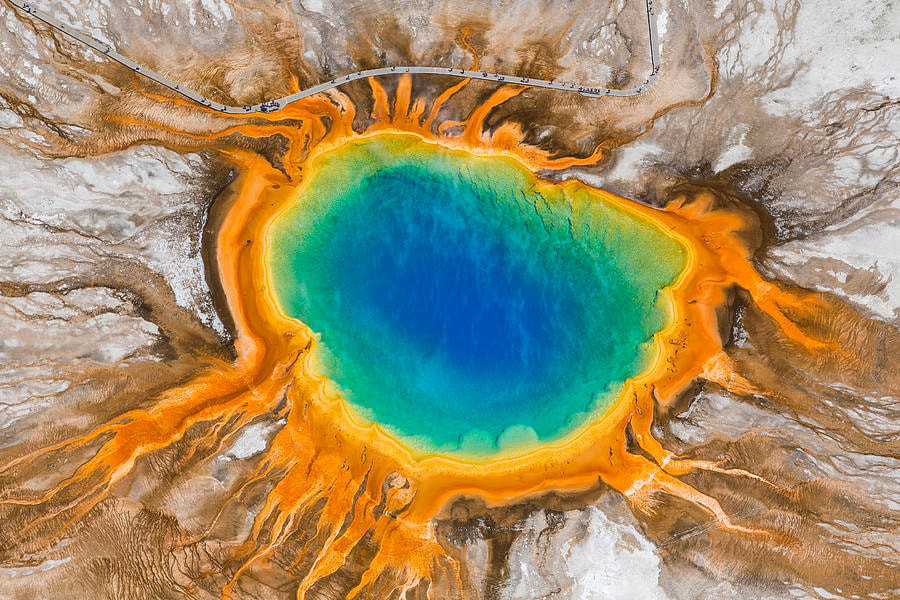
This is Grand Prismatic Spring, a hot spring located in the Midway Geyser Basin of Yellowstone National Park. It is the largest hot spring in the United States and the third largest in the world after Frying Pan Lake in New Zealand and Boiling Lake in Dominica.
The lake was studied by a team led by geologist Ferdinand V. Hayden in 1871. They named the lake Grand Prismatic because of its striking color. The lake's surface resembles the dispersion of white light through an optical prism, including all the colors from red, orange, yellow, green to blue.
The lake is about 110m in diameter and 50m deep. Every minute, the lake releases and evaporates about 2,100l of water at a temperature of 70°C.
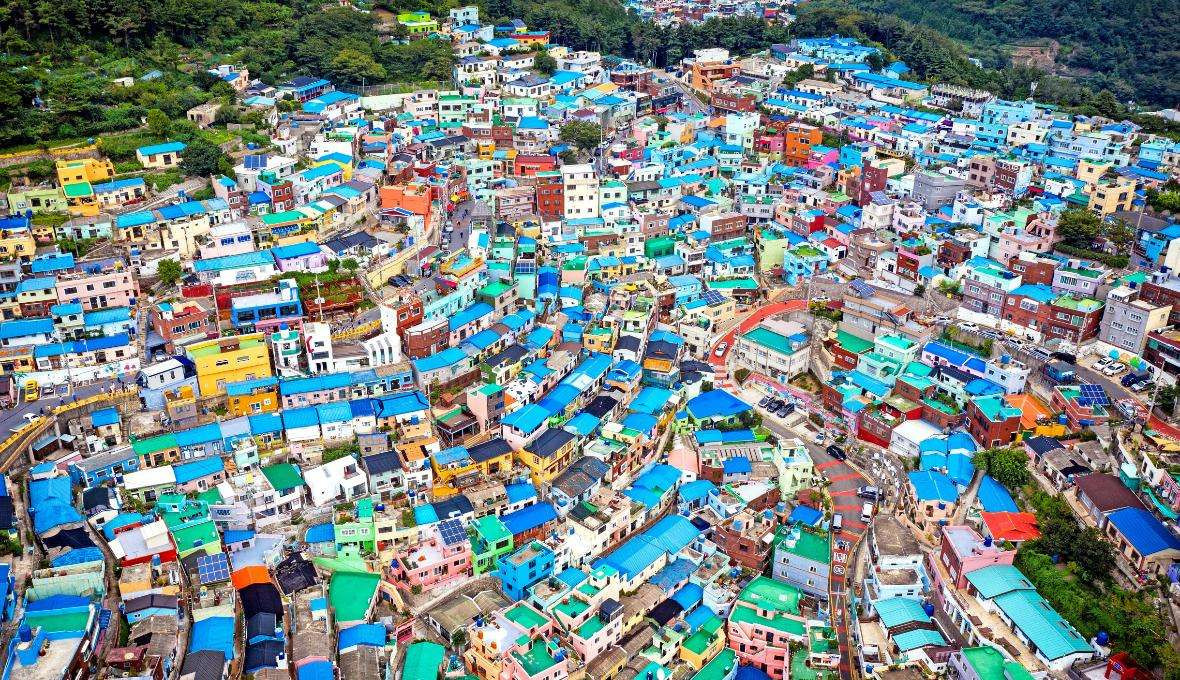
Gamcheon Culture Village is located on a gentle slope of the coastal city of Busan, South Korea. It used to be a small, poor village, but after being renovated by the local government in 2009, Gamcheon has become one of the most popular tourist attractions in Korea.
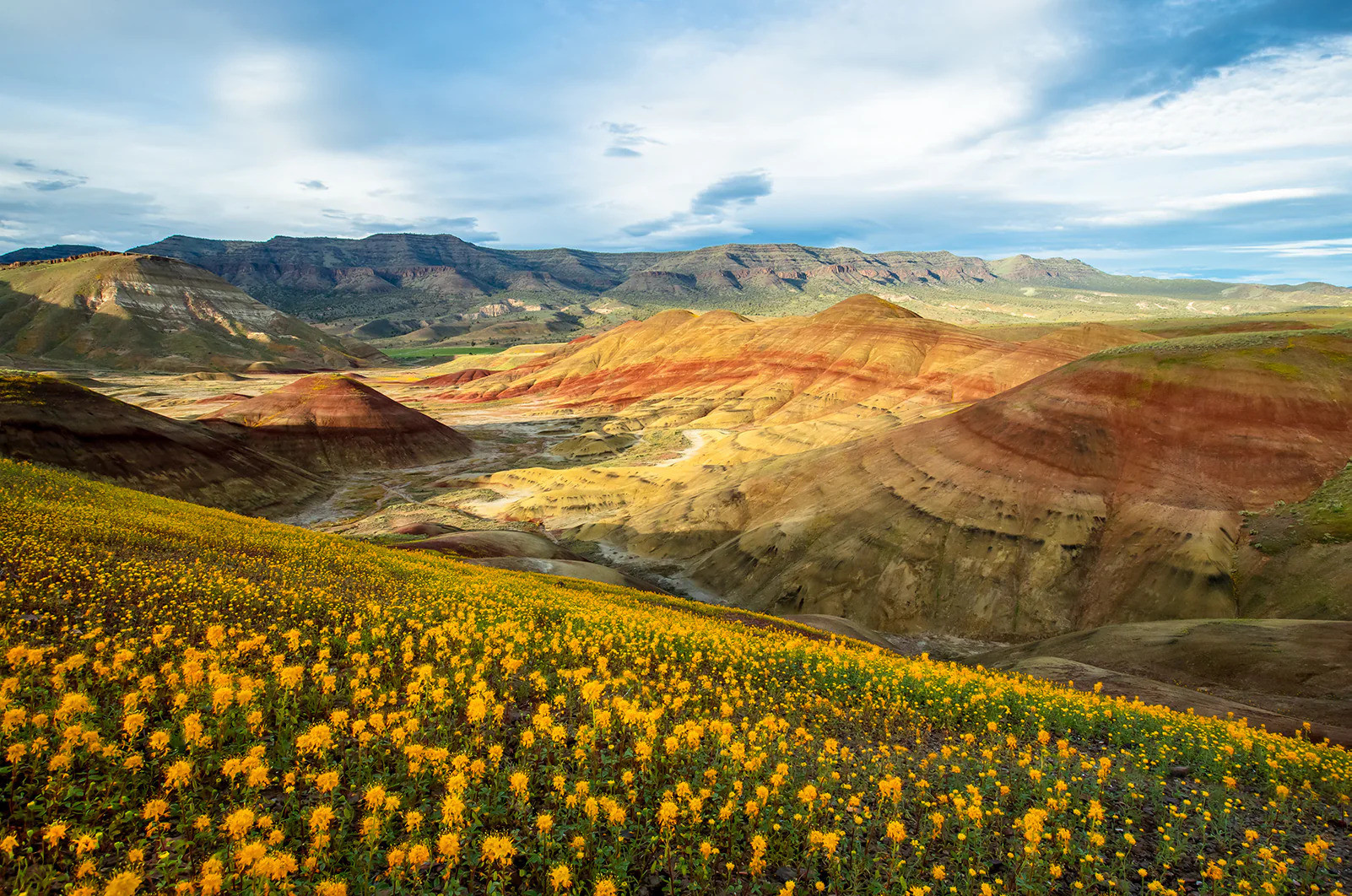
Painted Hills, also known as Painted Hills, is part of the John Day Fossil Beds National Monument in Oregon, USA. The colorful hills will make visitors feel like they are lost in a fairyland on earth.
Covering an area of 1,267 hectares, Ve Hill is a hill made up of many colorful layers. Each layer of color corresponds to a geographical period many centuries ago, when this area was still a flooded estuary plain.
The black layer is lignite derived from ancient riverbank vegetation. The red layer is laterite rich in iron and aluminum. The grey patches between the colored layers are shale and mudstone.
Surrounding Painted Hills is a vast grassland area with countless wildflowers blooming. However, due to the special geological structure, there are almost no plants living on the hills.
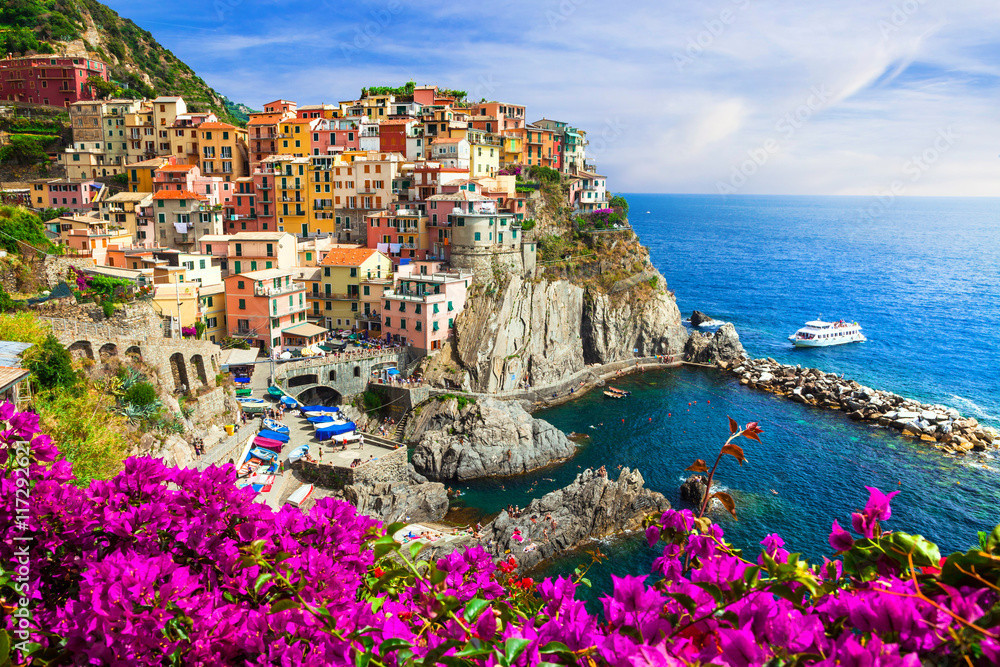
Manarola (Manaea in the local language) is a small town, part of the municipality of Riomaggiore, in the province of La Spezia, Liguria region, northern Italy. It is the oldest and second smallest town of the "Five Lands" of the Cinque Terre, a World Heritage Site. Manarola is centred on the church of San Lorenzo, dating from 1338.
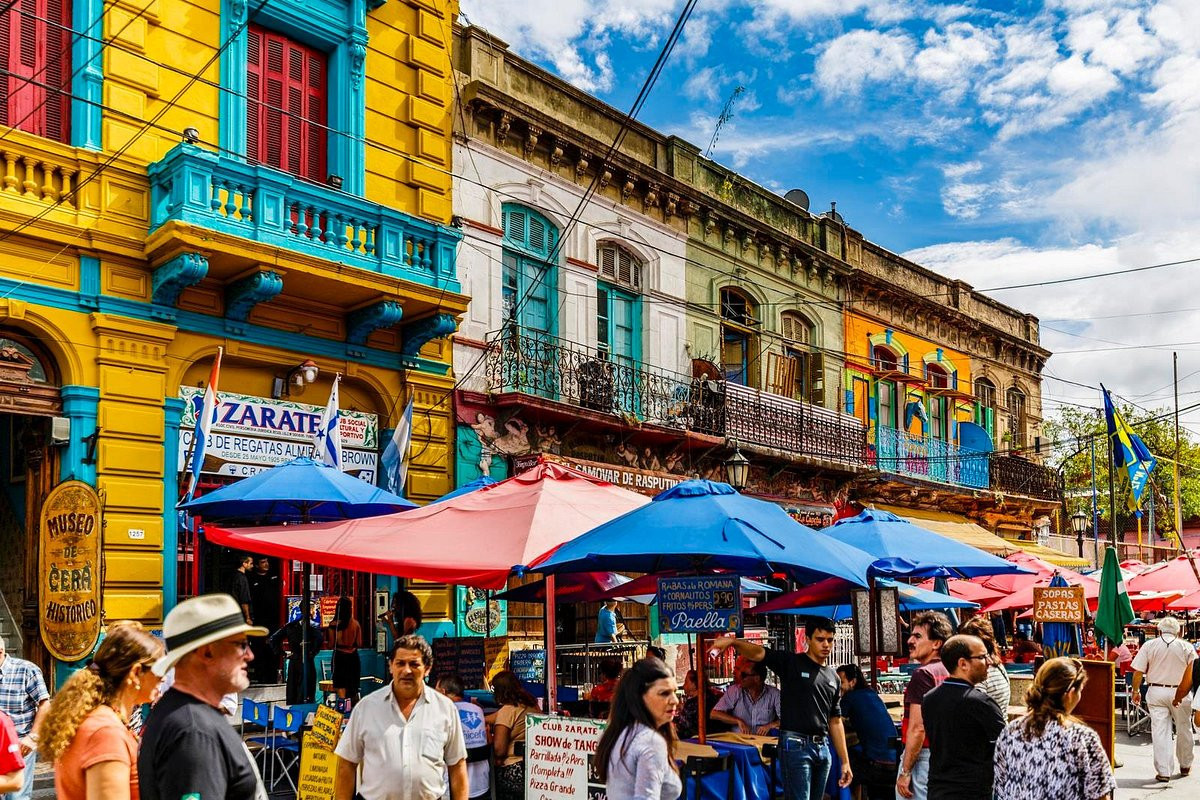
Inside the city of Buenos Aires is La Boca - the most colorful neighborhood in Argentina.
Along the Caminito pedestrian street are colorful houses decorated with a variety of greens, yellows, and reds. Even the smallest details, statues, lampposts, chairs… are all colored in a strange way, without any rules. Everything is improvised. It is not surprising to know that most of La Boca’s people are artists or work in the arts.
Today, La Boca is considered one of the city's important cultural centers and has become a great attraction for tourists.
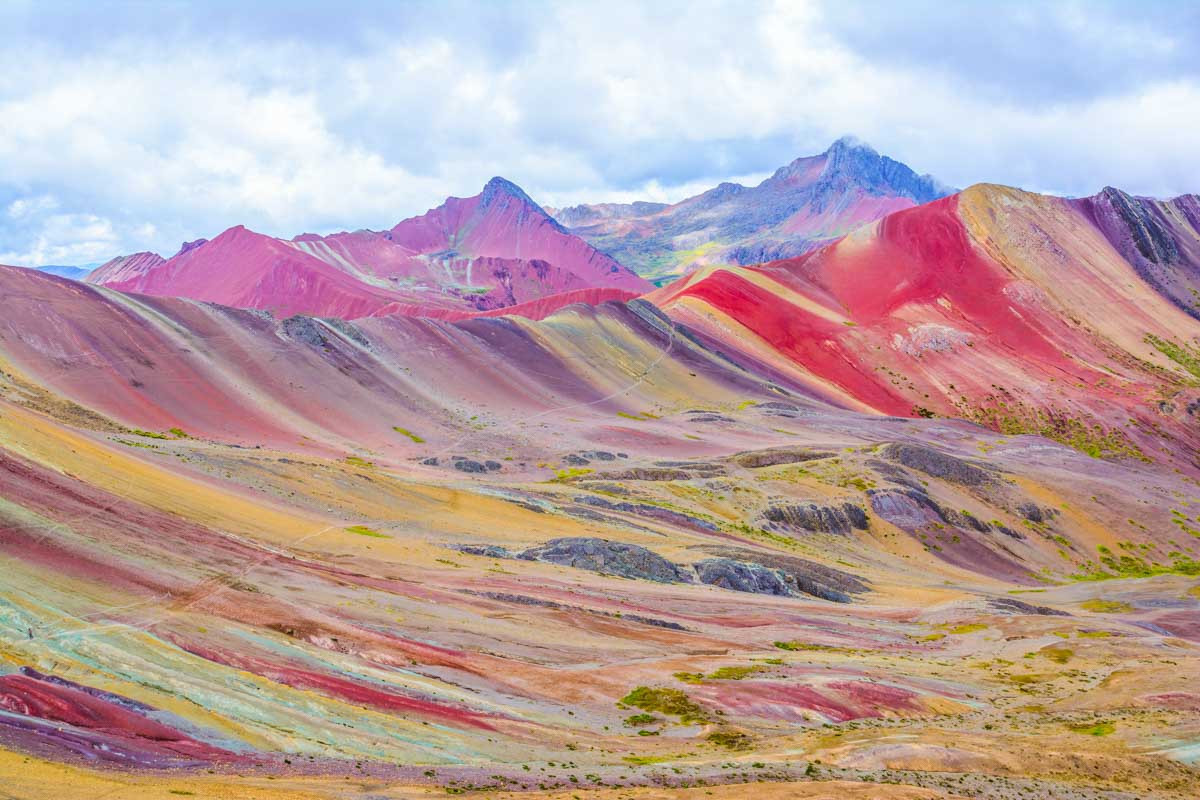
Vinicunca Rainbow Mountain, also known as Montaña de Siete Colores (Seven-Colored Mountain), is located in the Andes in the Cusco region of Peru. Vinicunca is part of the Ausangate mountain range, located in the Peruvian Andes, 100km south of Cusco.
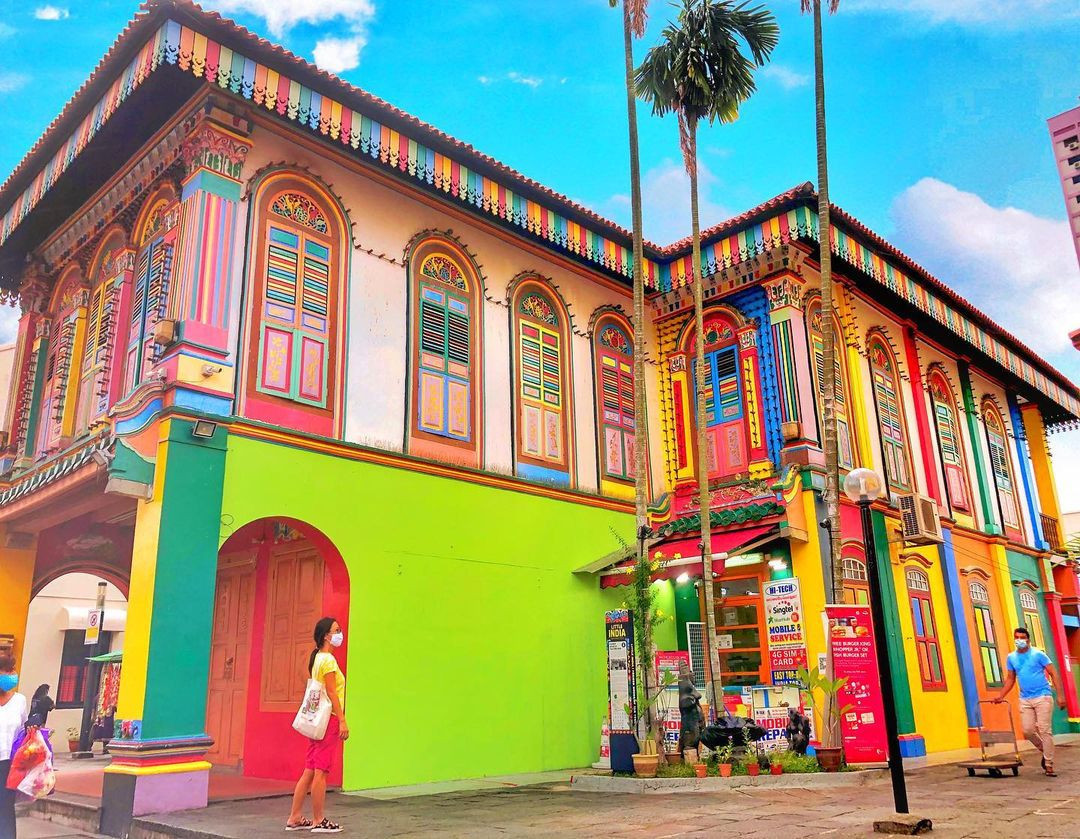
Located in the heart of the Indian Quarter, Tan Teng Niah Old House is a tourist attraction with its colorful and unique appearance. The house was built in 1900 by Mr. Tan Teng Niah.
Tan Teng Niah Old House is built in traditional Chinese style, but decorated with vibrant Indian colors. The facade of the house is painted bright yellow, standing out against the blue sky. The windows and doors are decorated with intricate floral motifs. The house is currently used as a business and trading place. However, tourists can still visit the house for free when taking a tour of Singapore here.
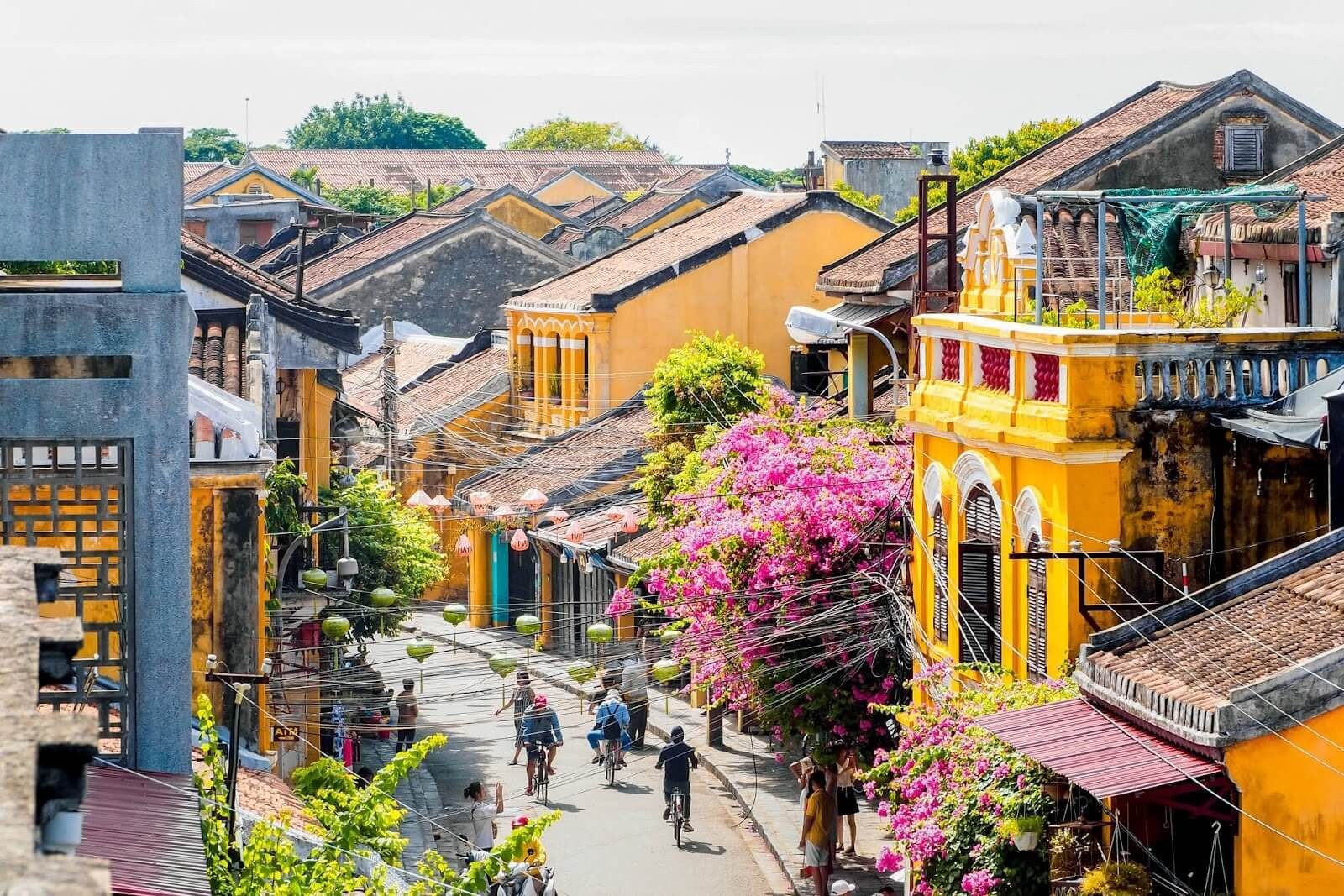
Hoi An Ancient Town is an ancient town located in the lower reaches of the Thu Bon River, in the coastal plain of Quang Nam Province, Vietnam, about 30km south of Da Nang City. Thanks to favorable geographical and climatic factors, Hoi An was once a bustling international trading port, a meeting place for Japanese, Chinese and Western merchant ships during the 17th and 18th centuries.
Today, the ancient town of Hoi An is a special example of a traditional port town in Southeast Asia that has been preserved intact and carefully. Most of the houses here are traditional architectures dating from the 17th to the 19th century, distributed along narrow streets. Interspersed among the townhouses are religious and belief structures that testify to the process of formation, development and decline of the city. Hoi An is also a land that bears many marks of cultural blending and exchange. Assembly halls and temples bearing traces of the Chinese are located next to traditional Vietnamese townhouses and houses with French architectural style.